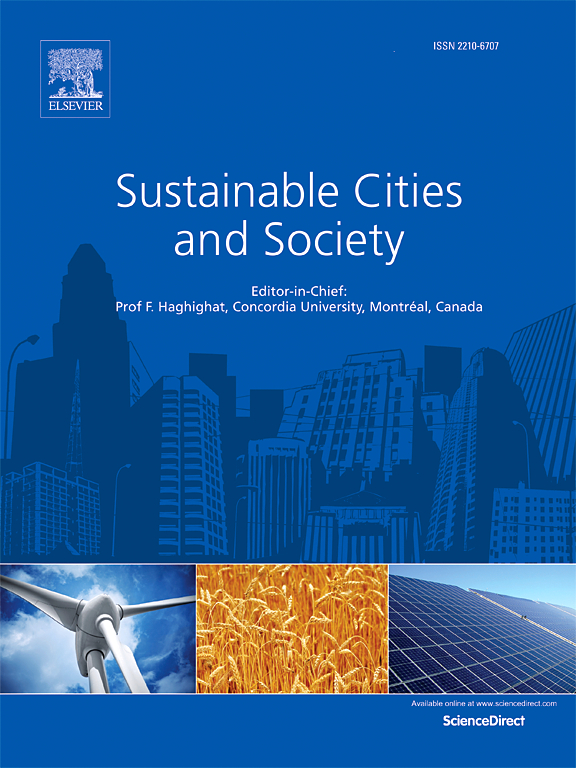Perceiving the fine-scale urban poverty using street view images through a vision-language model
IF 10.5
1区 工程技术
Q1 CONSTRUCTION & BUILDING TECHNOLOGY
引用次数: 0
Abstract
Urban poverty, as a complex socio-economic phenomenon, has been accorded significant priority in recent decades. However, most studies on measuring urban poverty primarily rely on statistical survey data that is challenging to collect and lacks spatial details. Furthermore, these existing measurements tend to overlook subjective perceptions. As a response, we propose a framework integrates street view images (SVIs) with a large vision-language model, termed CLIP, to accurately measure fine-grained urban poverty. Subsequently, multi-source data poverty index (MDPI) is calculated and used to assess the reliability of poverty perceptions. Finally, the nonlinear effects of street scenes on poverty perceptions are analyzed. This newly-proposed method not only demonstrates a consistent distribution with MDPI but also exhibits better spatial resolution and efficiency than existed ones. This study introduces a CLIP into urban studies, showing potentials for measuring urban poverty, particularly in emerging market countries where there is an abundance of Internet open data but limited statistical records. By providing a comprehensive assessment of urban poverty, this study can serve as a scientific basis for governments to formulate poverty alleviation policies and achieve precise urban management, thereby contributing to the achievement of SDGs.
求助全文
约1分钟内获得全文
求助全文
来源期刊

Sustainable Cities and Society
Social Sciences-Geography, Planning and Development
CiteScore
22.00
自引率
13.70%
发文量
810
审稿时长
27 days
期刊介绍:
Sustainable Cities and Society (SCS) is an international journal that focuses on fundamental and applied research to promote environmentally sustainable and socially resilient cities. The journal welcomes cross-cutting, multi-disciplinary research in various areas, including:
1. Smart cities and resilient environments;
2. Alternative/clean energy sources, energy distribution, distributed energy generation, and energy demand reduction/management;
3. Monitoring and improving air quality in built environment and cities (e.g., healthy built environment and air quality management);
4. Energy efficient, low/zero carbon, and green buildings/communities;
5. Climate change mitigation and adaptation in urban environments;
6. Green infrastructure and BMPs;
7. Environmental Footprint accounting and management;
8. Urban agriculture and forestry;
9. ICT, smart grid and intelligent infrastructure;
10. Urban design/planning, regulations, legislation, certification, economics, and policy;
11. Social aspects, impacts and resiliency of cities;
12. Behavior monitoring, analysis and change within urban communities;
13. Health monitoring and improvement;
14. Nexus issues related to sustainable cities and societies;
15. Smart city governance;
16. Decision Support Systems for trade-off and uncertainty analysis for improved management of cities and society;
17. Big data, machine learning, and artificial intelligence applications and case studies;
18. Critical infrastructure protection, including security, privacy, forensics, and reliability issues of cyber-physical systems.
19. Water footprint reduction and urban water distribution, harvesting, treatment, reuse and management;
20. Waste reduction and recycling;
21. Wastewater collection, treatment and recycling;
22. Smart, clean and healthy transportation systems and infrastructure;
 求助内容:
求助内容: 应助结果提醒方式:
应助结果提醒方式:


